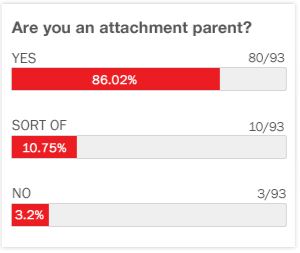How sprains are treated today
Thomas Grogan, MD Orthopedic Surgeon, discusses how a recent study shows that conventional wisdom to treat sprains with rest, ice, compression, and elevation is now known to not be the best method
Related Videos
Transcript
Expert Bio
More from Expert
Thomas Grogan, MDOrthopedic Surgeon
Dr. Grogan is a practicing pediatric orthopedist in Santa Monica, California. He has seen over 40,000 patients in his practice alone. Dr. Grogan graduated cum laude from Princeton University with a degree in Biology and received his medical degree from the University of Cincinnati College of Medicine. Dr. Grogan’s orthopedic training has included an orthopedic residency at UCLA plus several orthopedic fellowships in pediatric orthopedics, trauma, and NIH sponsored joint replacement surgery. Following his orthopedic training he returned to Los Angeles, spending six years at Shriner’s Hospital for Crippled Children, including serving as Assistant Chief in 1996 and 1997. In addition to his clinical practice, he spent several years involved in managed care consulting as an orthopedic surgeon and has developed special expertise in this area. He has collaborated with the American Academy of Orthopedic Surgeons in the development of a handbook and audiotape entitled, Health Care Reform and Managed Care: A Guidebook for Orthopedic Surgeons. In addition, he has served as the lead faculty member for the AAOS for their 1995, 12 city educational seminar, “Taking Charge: Managed Care Contracting for Orthopaedic Surgeons” and as a faculty member for the AAOS’s 1996 seminar series entitled, “Winning at Risk: The Interplay of Cost, Quality, and Access in Orthopaedic Practice”. He most recently served as a faculty member for the AAOS’s 2009, 2010, 2011 and 2012 seminars, “Practice Management Symposium for Practicing Orthopaedic Surgeons’. He is currently chairman of the Practice Management Committee for the American Academy of Orthopaedic Surgeons and a member of their Council on Education. He is a member of Alpha Omega Alpha, Honor Medical Society, the Sigma XI Scientific Research Society, California Orthopaedic Association (COA), the Pediatric Orthopaedic Society of North America (POSNA), the American Academy of Orthopaedic Surgeons (AAOS), and is a diplomate of the American Board of Orthopaedic Surgery.




 GET ACCESS TO ALL PREMIUM CONTENT WITH NO ADS FOR $4.99/MONTH
GET ACCESS TO ALL PREMIUM CONTENT WITH NO ADS FOR $4.99/MONTH




Login or Register to view and post comments